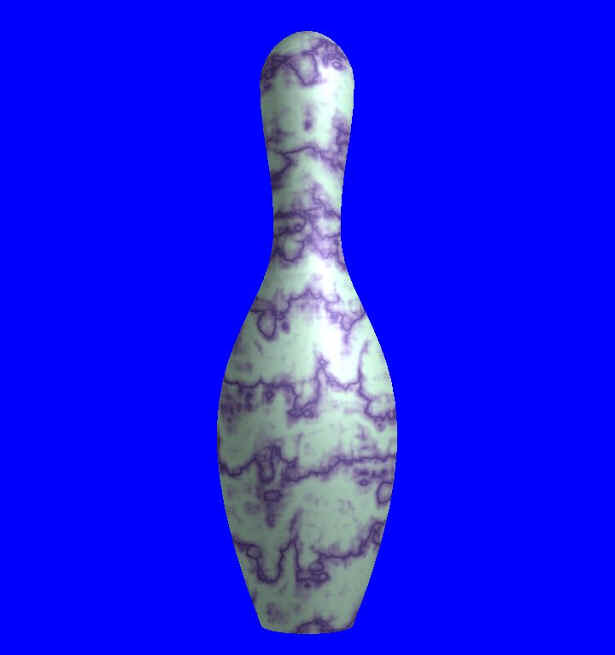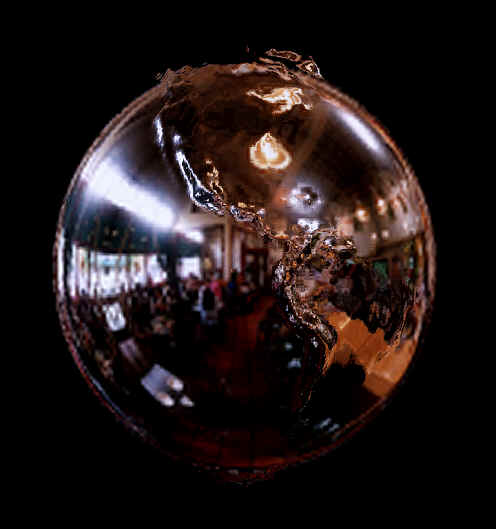Polygon Rendering
Modern commercial graphics processors have hardwired graphics pipelines that implement a given API. Recently, these processors have added programmable elements to their pipelines.
We take the opposite approach: we begin with Imagine, a fully programmable processor, and implement a polygon rendering pipeline on it. Our research centers around the following goals:
- We are developing algorithms which exploit our SIMD architecture and fit elegantly into the stream programming model.
- Our algorithms make efficient and high-performance use of stream programming hardware.
- We explore the advantages of the stream processing approach:
- Compare our machine organization against current graphics processors: our organization reduces load imbalance and amortizes the cost of programmability over all stages
- Exploit our greater amount of programmability
- Reduce or eliminate the need for multipass
- Easily map our pipeline to a shading language
Our first polygon rendering pipeline is described in this paper, presented at the Siggraph/Eurographics Workshop on Graphics Hardware 2000. (Slides from this presentation.)
Recently we have been collaborating with the Stanford Real-Time Programmable Shading Project, mapping their Real-Time Shading Language onto Imagine. Figure 1 shows example scenes rendered on the Imagine simulator using the Real-Time Shading language.
Figure 1. Scenes rendered with Imagine and the Real-Time Shading Language


